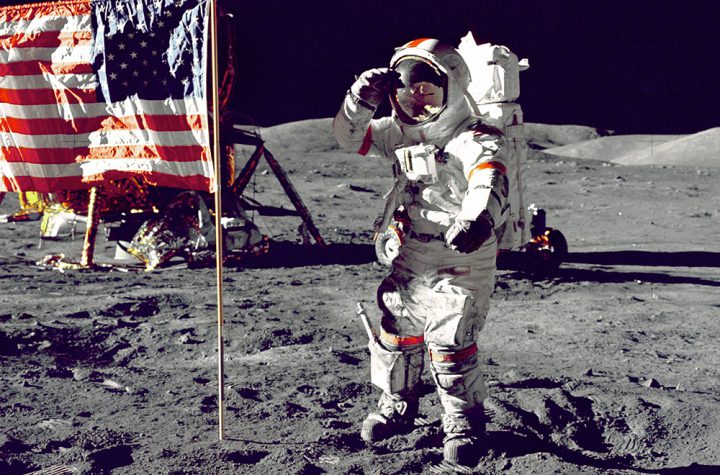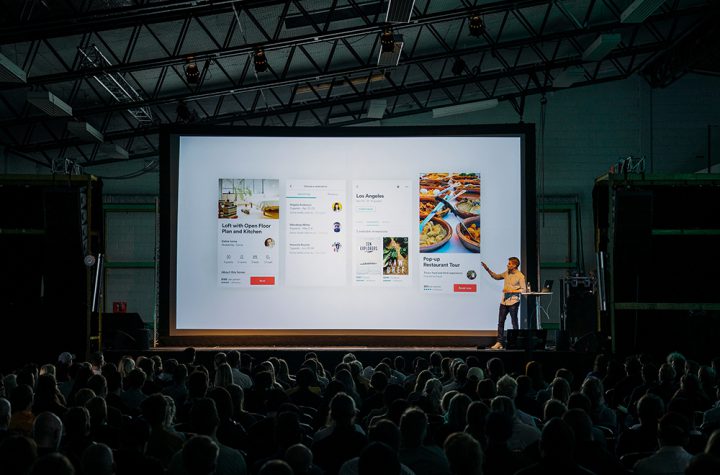
Researchers have scraped living cells from frogs and reused them to make robots from living cells. Millimeter robots have been made from living cells (cells scraped from frogs). They are living robots that could be used for smart drug delivery, scraping plaque from arteries, microsurgery or environmental cleanup.
The millimeter-wide “xenobots” can move toward a target, perhaps pick up a payload (like drugs) and they can heal themselves after being cut.
They were designed on a supercomputer at UVMand then assembled and tested by biologists at Tufts University.
They are not toxic and have self-limiting lifespan. They could provide intelligent drug delivery or enable internal surgery. If equipped to express signaling circuits and proteins for enzymatic, sensory (receptor), and mechanical deformation functions, they could seek out and digest toxic or waste products, or identify molecules of interest in environments physically inaccessible to robots. If equipped with reproductive systems (by exploiting endogenous regenerative mechanisms such as occurs in planarian fissioning), they may be capable of doing so at scale. In biomedical settings, one could envision such biobots (made from the patients own cells) removing plaque from artery walls, identifying cancer, or settling down to differentiate or control events in locations of disease. A beneficial safety feature of such constructions is that in the absence of specific metabolic engineering, they have a naturally limited lifespan.
They can evolve the design.
PNAS – A scalable pipeline for designing reconfigurable organisms
Most technologies are made from steel, concrete, chemicals, and plastics, which degrade over time and can produce harmful ecological and health side effects. It would thus be useful to build technologies using self-renewing and biocompatible materials, of which the ideal candidates are living systems themselves. Thus, we here present a method that designs completely biological machines from the ground up: computers automatically design new machines in simulation, and the best designs are then built by combining together different biological tissues. This suggests others may use this approach to design a variety of living machines to safely deliver drugs inside the human body, help with environmental remediation, or further broaden our understanding of the diverse forms and functions life may adopt.
Although some steps in this pipeline still require manual intervention, complete automation in future would pave the way to designing and deploying unique, bespoke living systems for a wide range of functions.
Brian Wang is a prolific business-oriented writer of emerging and disruptive technologies. He is known for insightful articles that combine business and technical analysis that catches the attention of the general public and is also useful for those in the industries. He is the sole author and writer of nextbigfuture.com, the top online science blog. He is also involved in angel investing and raising funds for breakthrough technology startup companies.
He gave the recent keynote presentation at Monte Jade event with a talk entitled the Future for You. He gave an annual update on molecular nanotechnology at Singularity University on nanotechnology, gave a TEDX talk on energy, and advises USC ASTE 527 (advanced space projects program). He has been interviewed for radio, professional organizations. podcasts and corporate events. He was recently interviewed by the radio program Steel on Steel on satellites and high altitude balloons that will track all movement in many parts of the USA.
He fundraises for various high impact technology companies and has worked in computer technology, insurance, healthcare and with corporate finance.
He has substantial familiarity with a broad range of breakthrough technologies like age reversal and antiaging, quantum computers, artificial intelligence, ocean tech, agtech, nuclear fission, advanced nuclear fission, space propulsion, satellites, imaging, molecular nanotechnology, biotechnology, medicine, blockchain, crypto and many other areas.





More Stories
US president-elect Joe Biden has listed four priorities for his forthcoming presidency. These include Covid-19, economic recovery, racial equity and climate change.
What are the restrictions within Victoria and the border closures with NSW and Queensland? How far can I travel, and how many people can I have over at my house? Untangle Australia’s Covid-19 laws and guidelines with our guide
Apple has suspended new business with supplier Pegatron after the Taiwan-based original equipment manufacturer misclassified student workers. Apple also said Pegatron broke its Code of Conduct for suppliers. In a statement provided to Bloomberg, Apple said, “…